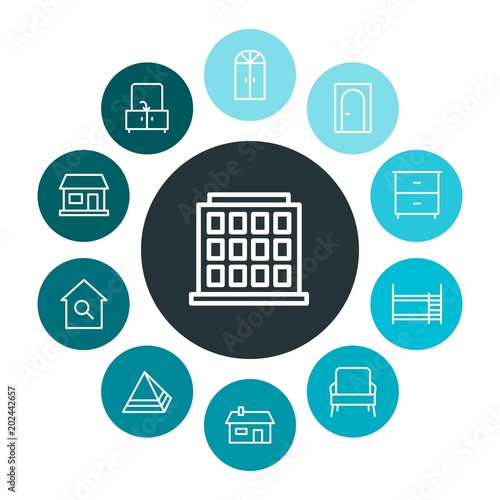Discover The Exciting Journey Of Recovering Antique Cabinets, Disclosing Surprise Stories And Opening The Tricks Of The Past
Discover The Exciting Journey Of Recovering Antique Cabinets, Disclosing Surprise Stories And Opening The Tricks Of The Past
Blog Article
Material Composed By-Hobbs Stefansen
To start the journey of bring back antique closets, you need a keen eye for detail. Picture revealing hidden keys within each layer of history ingrained in the wood. Photo the contentment of restoring a once-forgotten piece to its former magnificence. Every action of this thorough process holds the key to protecting the past while creating a future antique. So, are kitchen remodel ready to embark on this transformative endeavor and unlock the potential of your antique cabinets?
Assessing the Closet's Condition
When starting the reconstruction procedure, start by analyzing the problem of the antique cupboard. Very carefully take a look at the general structure for any type of indications of damages such as cracks, chips, or loose joints. Inspect the wood for any kind of rot, warping, or insect problem that might have happened gradually. https://tri-level-kitchen-remodel98652.blog4youth.com/28357363/check-out-a-realm-of-individualized-cupboards-that-will-certainly-transform-your-home-reveal-the-glamour-of-custom-made-storage-space-options to establish the degree of the restoration needed prior to proceeding further.
Next off, evaluate the cabinet's hardware such as joints, knobs, and locks. Make note of any type of missing items or parts that require fixing or replacement. Make sure that all equipment is functioning appropriately and securely affixed to the closet.
In addition, evaluate the closet's finish. Search for any kind of scratches, spots, or staining that may affect the visual allure. Figure out if the surface requires to be removed and reapplied or if a straightforward touch-up will certainly be enough.
Gathering the Necessary Tools and Materials
After evaluating the condition of the antique cabinet, the following action is to collect the essential tools and products for the reconstruction procedure. Prior to you start, ensure you have the adhering to things handy:
- wood cleaner
- sandpaper in different grits
- wood filler
- paint or wood stain
- brushes
- gloves
- safety and security goggles
- a dust mask
- a drop cloth
- a putty blade
- a hammer
- a screwdriver
- a vacuum cleaner
These devices and materials are necessary for an effective repair.
Timber cleaner is crucial for removing years of dirt and gunk accumulation, preparing the surface for fining sand. Sandpaper of various grits helps in smoothing out blemishes and preparing the wood for a new coating. Timber filler is handy for repairing any kind of splits, openings, or dents existing in the closet.
custom carpentry or timber stain, in addition to brushes, allow you to personalize the closet to your preference. Remember to wear handwear covers, safety and security goggles, and a dirt mask for security. Set a ground cloth to safeguard your workplace, and make use of a vacuum cleaner to tidy up any kind of debris.
With these devices and materials gathered, you're ready to begin the restoration procedure.
Performing the Repair Process
To successfully perform the restoration procedure on your antique cabinet, begin by completely cleansing the surface with the timber cleaner. This step is important as it aids get rid of years of dust, gunk, and old gloss that might have accumulated on the surface.
As soon as the cabinet is tidy and completely dry, analyze the condition of the timber. Search for any type of splits, scratches, or various other problems that require to be dealt with. Use wood filler to fix any kind of flaws, making certain to match the filler shade to the wood tone for a smooth coating.
After the fixings have dried, delicately sand the entire surface to create a smooth and also base for the brand-new surface. Be careful not to sand too aggressively, as you don't intend to harm the wood below.
When the sanding is full, use a timber tarnish or complete of your choice, complying with the supplier's instructions. Enable the finish to completely dry totally prior to applying a safety leading layer to make sure the longevity of your brought back antique cabinet.
Final thought
Now that you have actually finished the reconstruction procedure, your antique cabinet looks comparable to new.
By adhering to the step-by-step guide, you were able to evaluate, repair, and boost its condition with ease.
With a fresh coating and protective leading coat, your cherished item will remain to beam for many years to come.
Delight in the charm of your restored antique closet!
